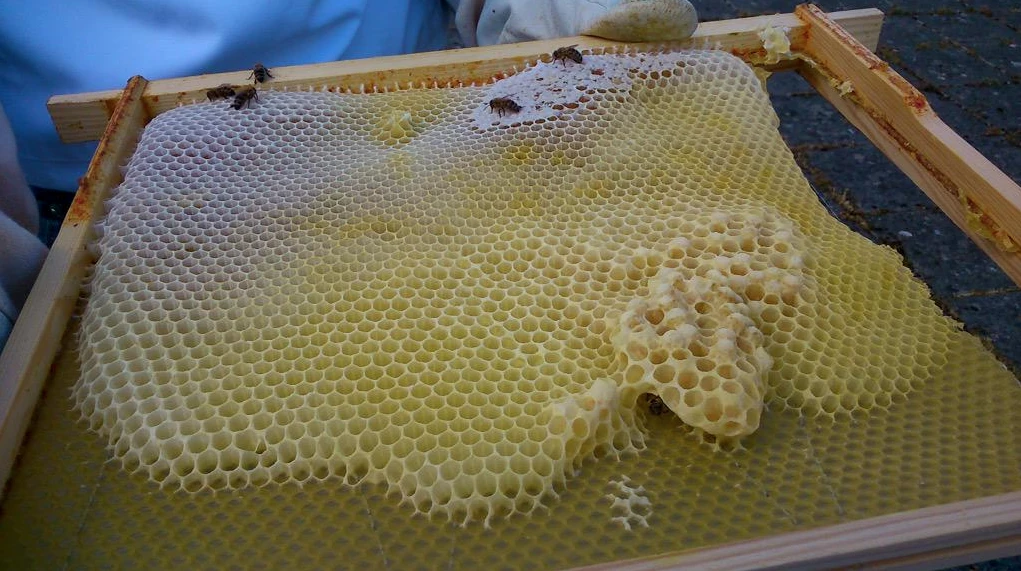After the Crit Room
, 28 September 2015
This is a void appreciation post.
It's not often that we have a lot of time to reflect on what we do, because there's always so much to do. So, before I jump into venue hire revamps; finishing off a piece of prep for this Women's Archive Wales conference and helping with new 'suggest an event' pages, let's look into the murky abyss and just take a minute to breathe.
Nice, no? [The Sea's Edge, Arthur Giardelli]
Since 'keeping busy' is the other Welsh national sport, it's not for everyone - but I'm a firm believer in taking stock, staying still for a minute, and listening. There'll always be a call: an email that's fallen down the back of the sofa, a book you've been meaning to pick up, or a colleague you'd like to make more time for will pop upstairs and say hi.
Evaluation and Taking Stock
We're in transition as a department - welcoming two new team members this week - and have been working, quite separately and like the clappers recently, on various projects, on web, galleries, social, governance, research and planning.
Graham, who heads the Content Team (and who I will now be calling Captain Content if he lets me), has been taking part in a cross-sector project looking at evaluation and taking stock, called Let's Get Real. Last week, he braved their Crit Room in Brighton, where he presented our work for open criticism and questioning. Curiously scary.
The results of the crit have been a real encouragement - I had been worrying about the size of our twitter network, since the time cost of keeping everyone trained up is ever growing for me. But, we were encouraged to see it as a sign that we're a healthy, tweeting organisation.
I am really trying to believe them.
Feedback from the Crit Room
Self-deprecation aside, I'm quietly happy with how we're working as a network, and really chuffed to see people really run with the new skills they've acquired on social media. In fact, while totting up some numbers for an unrelated report last week I saw we'd passed a great milestone - as a network, we now have over 125,000 followers on twitter alone. I know it's not just a numbers game, but there's something reassuring about those great, neat, empty 000s in a row.
The Crit Room also had great words of encouragement for Chris, who's built all the foundation for the website redesign (and much more besides), and the rest of the team - namely that our digital offer was 'highly rewarding, rich and satisfying'. I can't stop thinking of coffee when I read those words. Speaking of which: time to stop blogging about stopping now, and start stopping for a cuppa.





